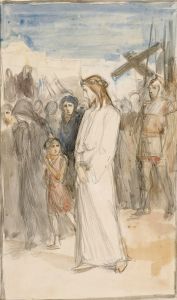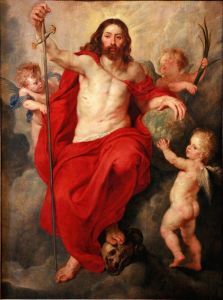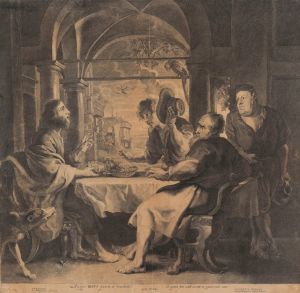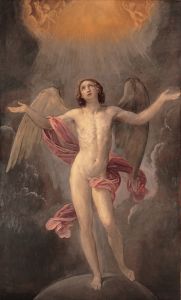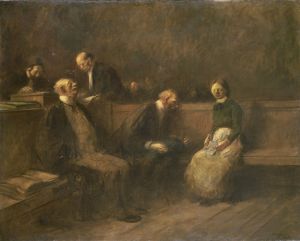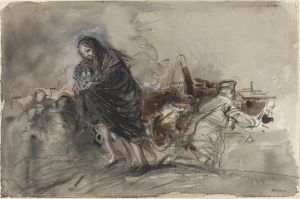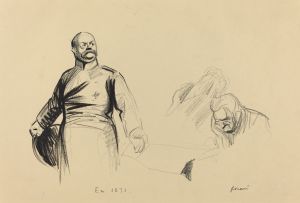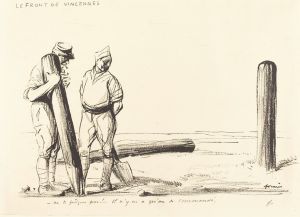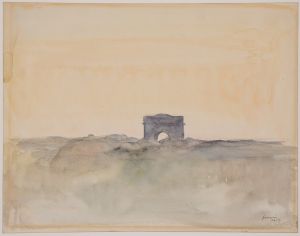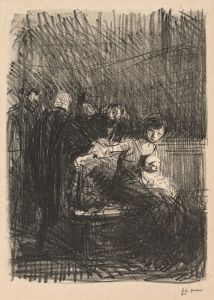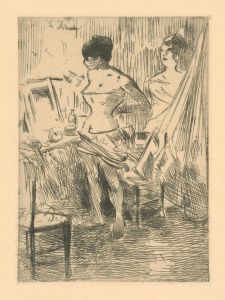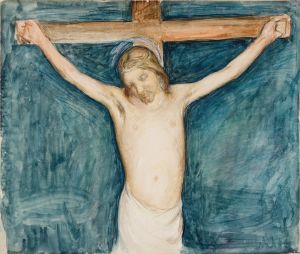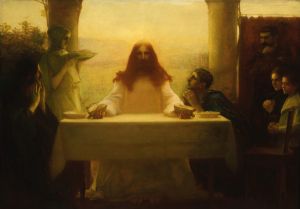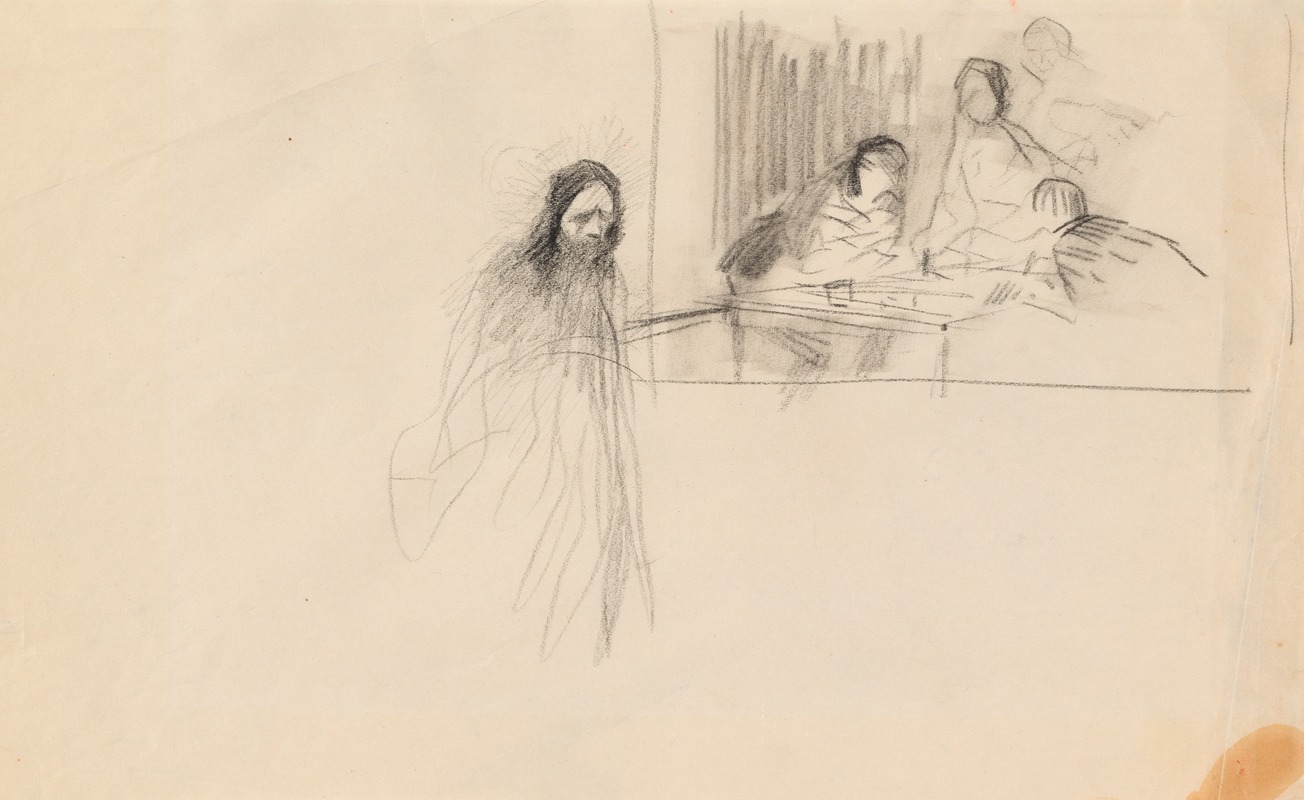
Christ at Emmaus
A hand-painted replica of Jean-Louis Forain’s masterpiece Christ at Emmaus, meticulously crafted by professional artists to capture the true essence of the original. Each piece is created with museum-quality canvas and rare mineral pigments, carefully painted by experienced artists with delicate brushstrokes and rich, layered colors to perfectly recreate the texture of the original artwork. Unlike machine-printed reproductions, this hand-painted version brings the painting to life, infused with the artist’s emotions and skill in every stroke. Whether for personal collection or home decoration, it instantly elevates the artistic atmosphere of any space.
Jean-Louis Forain (1852–1931) was a French painter, illustrator, and printmaker associated with Impressionism and later Symbolism. His work often focused on scenes of modern life, capturing moments of intimacy, social interaction, and religious themes. One of his notable works is Christ at Emmaus, a painting that reflects his interest in biblical subjects, particularly in the later stages of his career.
Christ at Emmaus depicts the moment described in the Gospel of Luke (24:13–35) when the resurrected Christ reveals himself to two of his disciples during a meal in the village of Emmaus. This episode is a popular subject in Christian art, and Forain's interpretation is notable for its emotional depth and modern sensibility. The painting showcases Forain's characteristic loose brushwork and dramatic use of light and shadow, which lend a sense of immediacy and intimacy to the scene.
In this work, Forain emphasizes the spiritual and human connection between Christ and the disciples. The figures are rendered with a focus on their expressions and gestures, capturing the moment of recognition when the disciples realize Christ's identity. The setting is simple and unadorned, drawing attention to the emotional and spiritual significance of the event rather than its physical surroundings.
Forain's religious works, including Christ at Emmaus, reflect his deepening interest in spirituality and faith during the later years of his life. While he began his career as a satirical illustrator and chronicler of Parisian life, his later works often explored themes of redemption, grace, and the human condition through a Christian lens. This shift in focus may have been influenced by personal experiences and the broader cultural context of the late 19th and early 20th centuries.
The exact date of Christ at Emmaus is not widely documented, but it is generally associated with Forain's later period, when he increasingly turned to religious themes. The painting is part of a broader body of work in which Forain sought to convey profound spiritual truths through his art.
Christ at Emmaus is an example of Forain's ability to blend his Impressionist roots with a more introspective and symbolic approach. The painting is held in high regard for its ability to evoke both the mystery and the humanity of the biblical narrative. It remains a testament to Forain's versatility as an artist and his capacity to engage with timeless themes in a deeply personal way.





